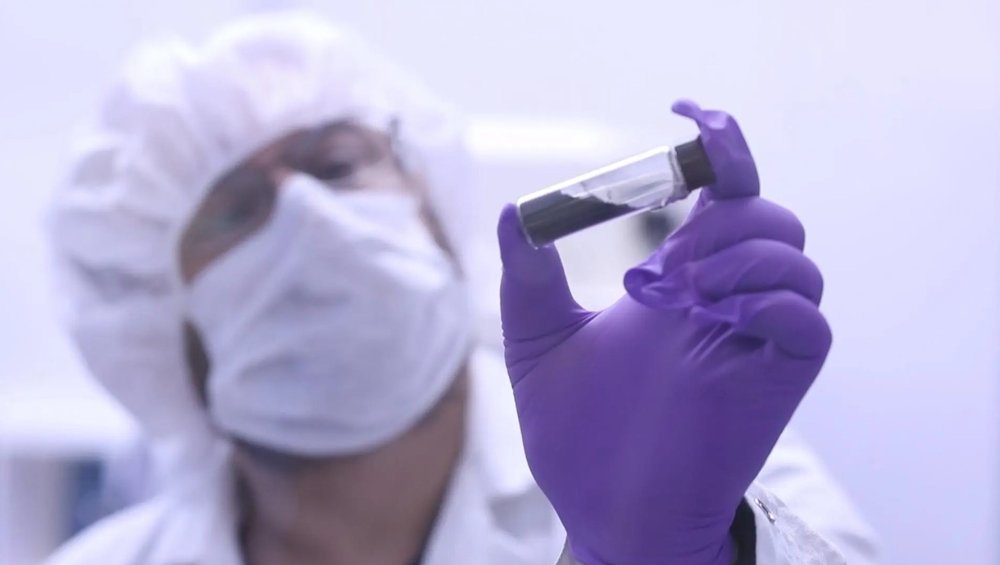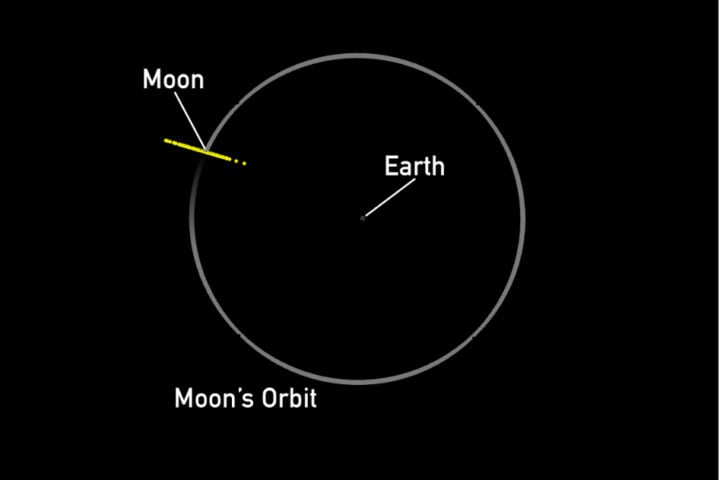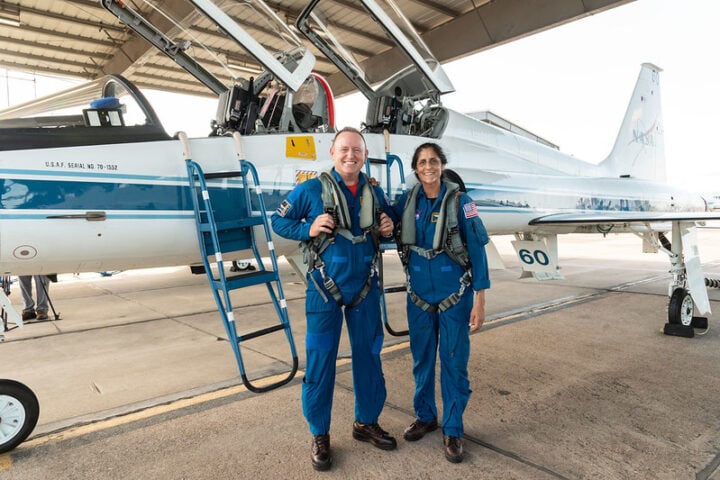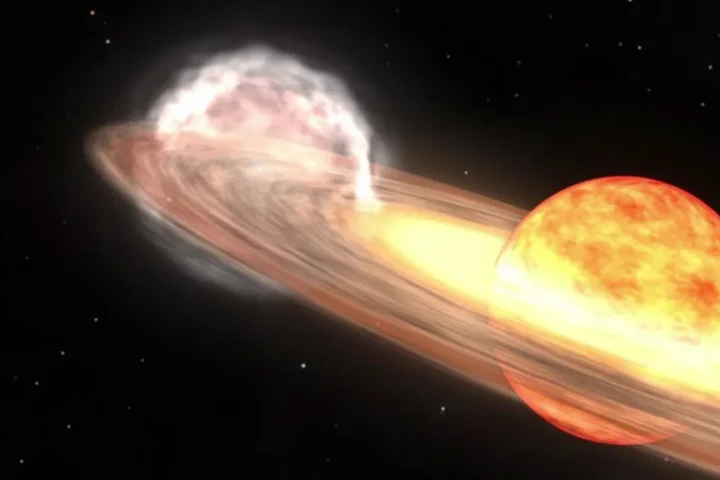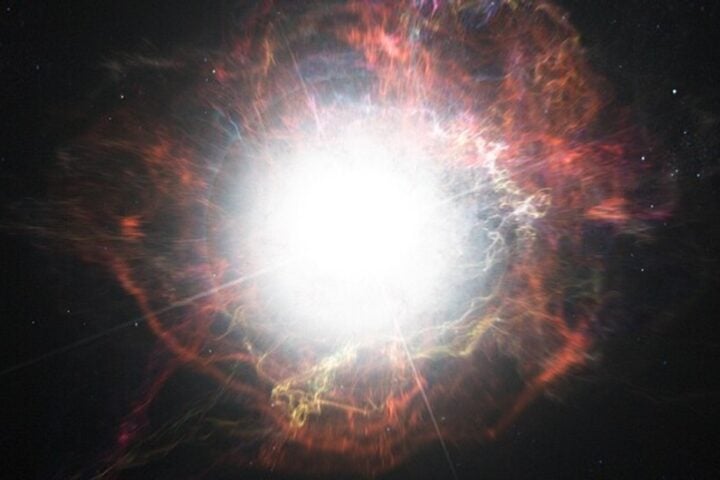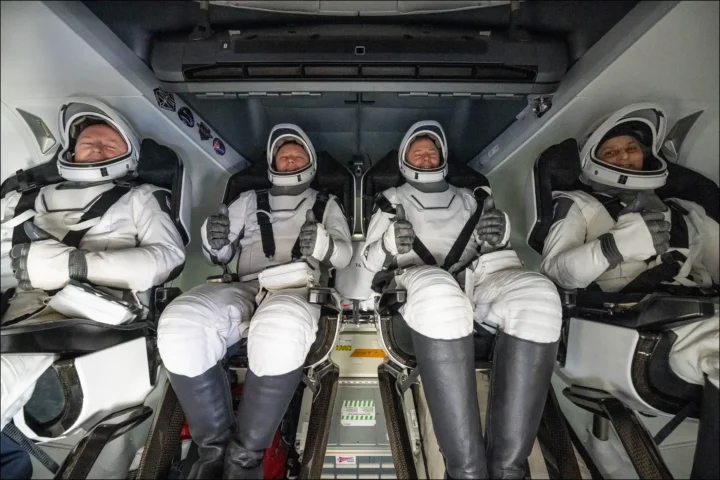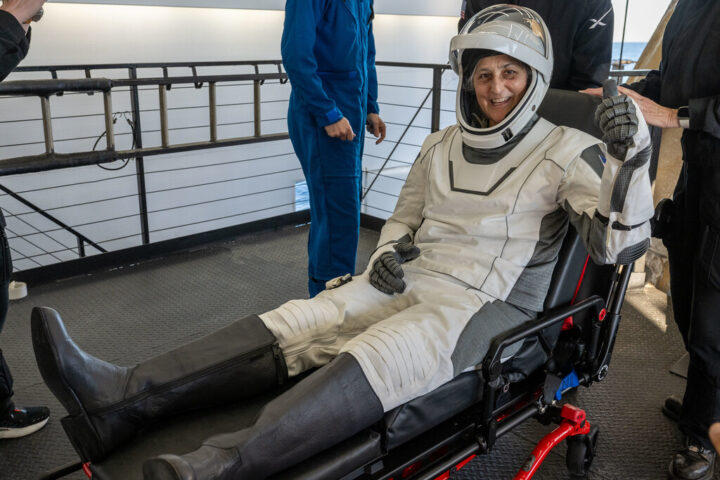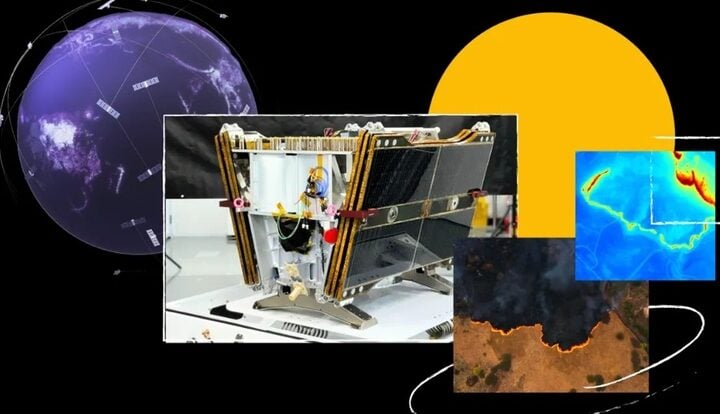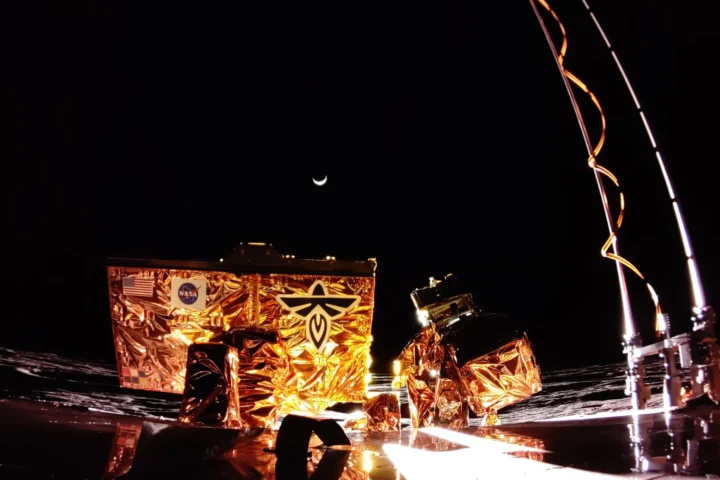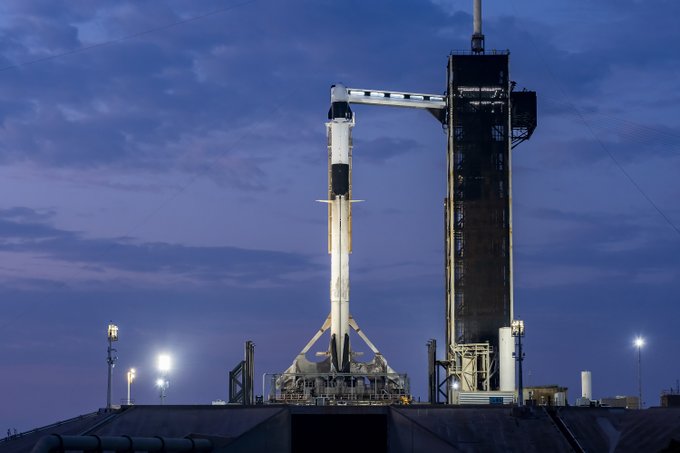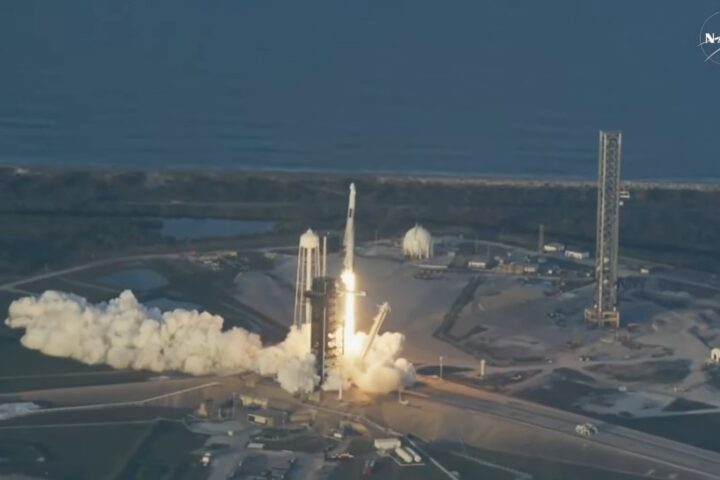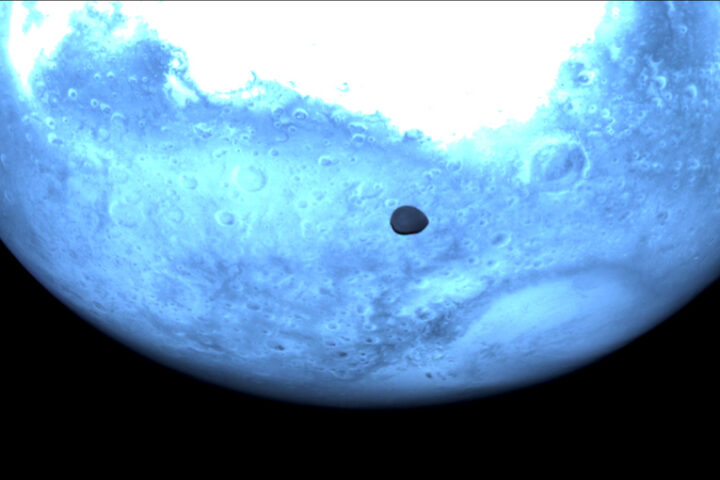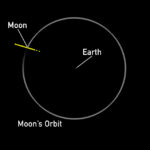A space rock has given scientists their best look yet at how life might have started in our solar system. NASA‘s OSIRIS-REx spacecraft brought back dust and rocks from asteroid Bennu in 2023, and the findings are reshaping what we know about life’s basic ingredients in space.
The samples revealed something remarkable – the same chemical building blocks that make up all living things on Earth were floating around in space billions of years ago. Scientists found 14 types of amino acids, which are essential for making proteins in living cells. They also discovered all five basic components needed to make DNA and RNA – the instruction manual found in every living cell.
“NASA’s OSIRIS-REx mission already is rewriting the textbook on what we understand about the beginnings of our solar system,” says Nicky Fox, associate administrator at NASA. “Asteroids provide a time capsule into our home planet’s history, and Bennu’s samples are pivotal in our understanding of what ingredients in our solar system existed before life started on Earth.”
What makes this discovery special is how pure the samples are. When space rocks normally fall to Earth as meteorites, they get contaminated by Earth’s air and soil. But these samples were sealed tight in space and opened in ultra-clean labs.
“The clues we’re looking for are so minuscule and so easily destroyed or altered from exposure to Earth’s environment,” explains Danny Glavin, a senior sample scientist at NASA’s Goddard Space Flight Center. “That’s why some of these new discoveries would not be possible without a sample-return mission, meticulous contamination-control measures, and careful curation and storage of this precious material from Bennu.”
Similar Posts
The scientists found surprisingly high levels of ammonia – about 100 times more than what’s naturally found on Earth. When mixed with formaldehyde, which they also found in the samples, these compounds can combine to form more complex molecules like amino acids under the right conditions.
The rocks also contained 11 different minerals formed by evaporating salt water. This suggests Bennu’s parent body once had liquid reservoirs that dried up over thousands of years. Some of these minerals, like trona, had never been found in space rocks before.
One puzzling discovery has scientists thinking. On Earth, living things use only “left-handed” amino acids. But the Bennu samples have equal amounts of “left-handed” and “right-handed” versions. This raises new questions about how life on Earth ended up favoring just one type.
“Data from OSIRIS-REx adds major brushstrokes to a picture of a solar system teeming with the potential for life,” says Jason Dworkin, OSIRIS-REx project scientist. “Why we, so far, only see life on Earth and not elsewhere, that’s the truly tantalizing question.”
While this doesn’t prove life exists elsewhere, it shows that the conditions necessary for life were widespread across the early solar system. Scientists will continue studying these precious space samples, working to understand what ingredients in our solar system existed before life started on Earth.
